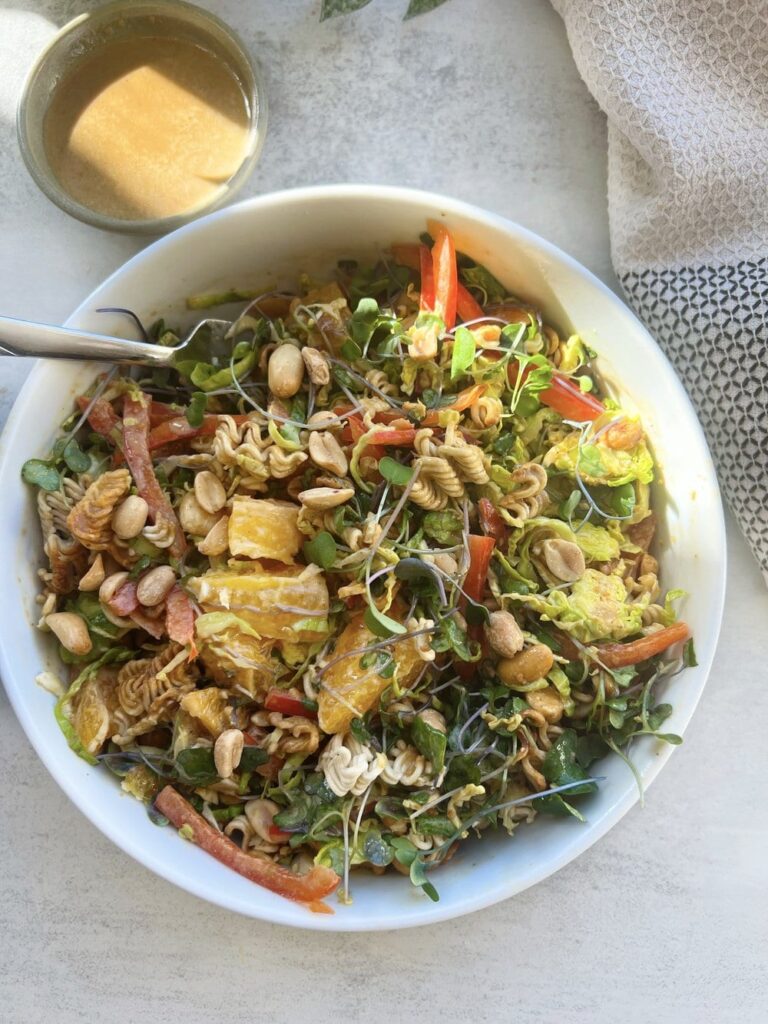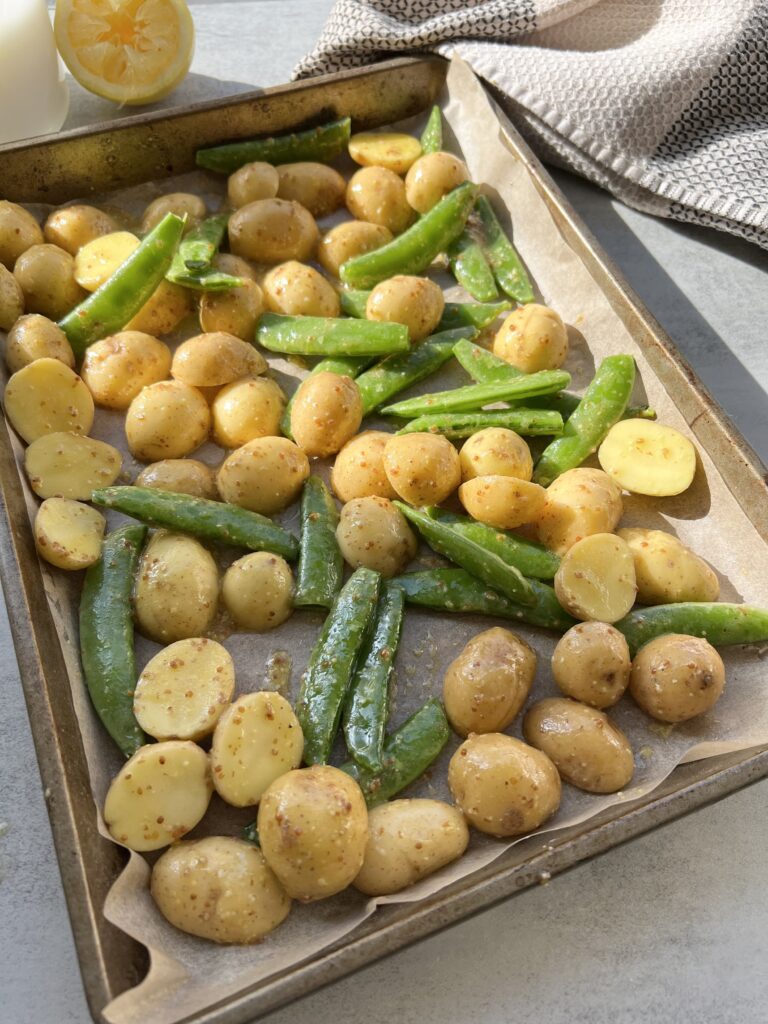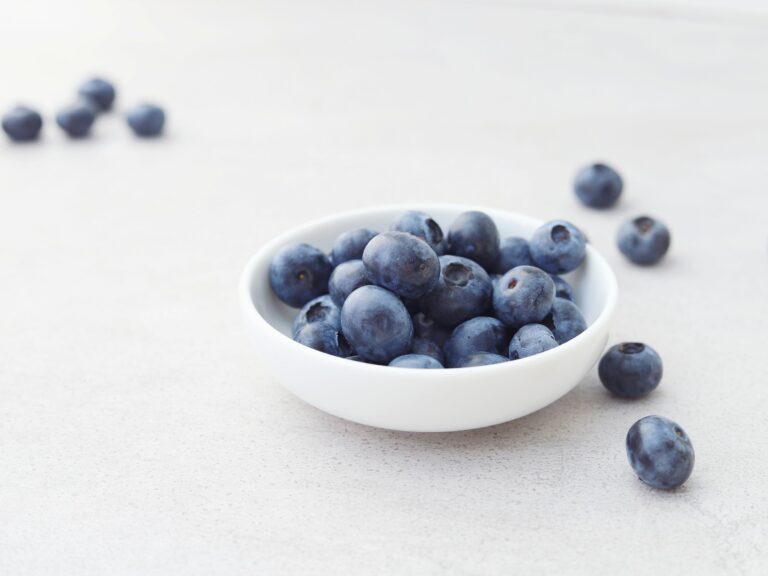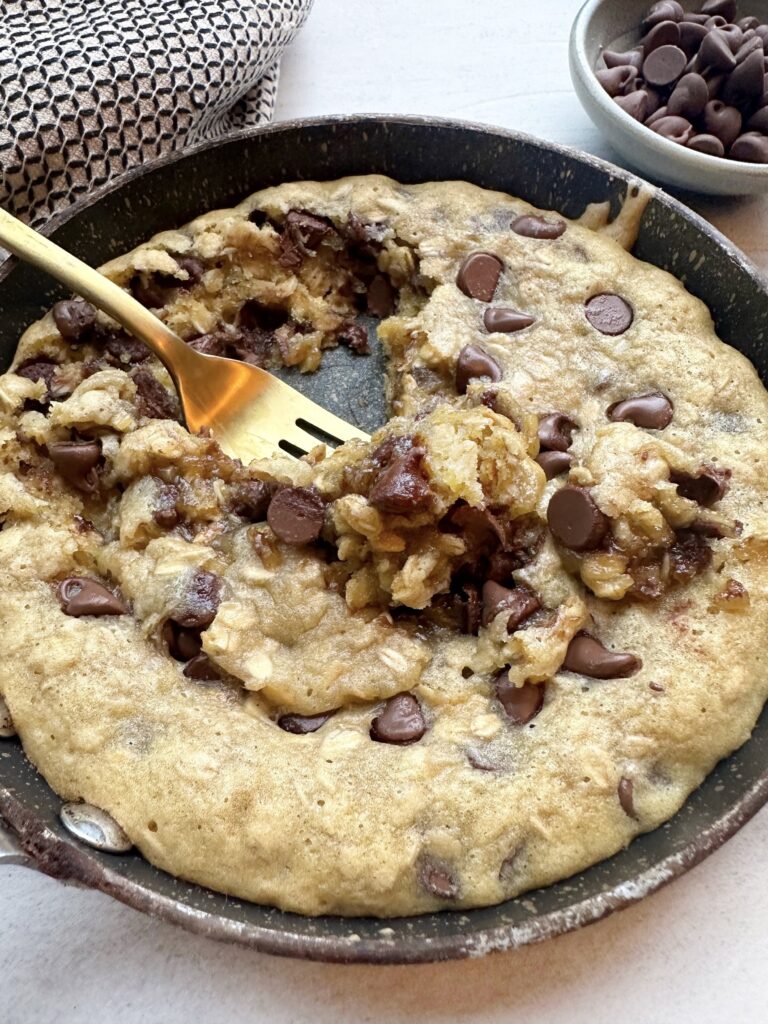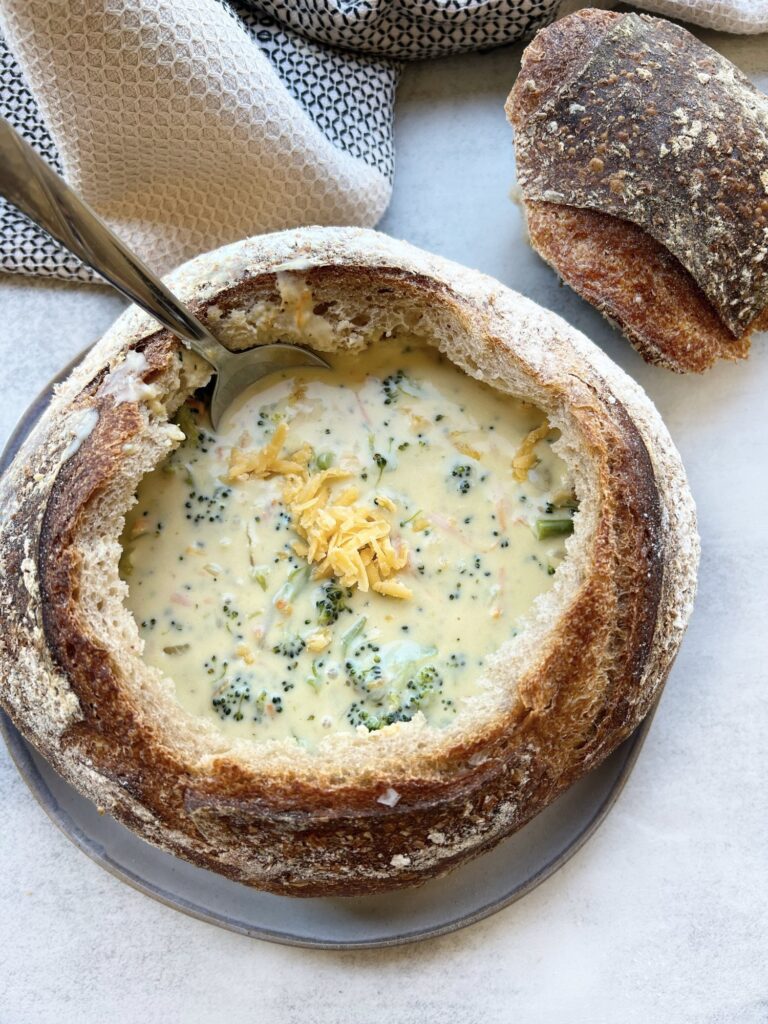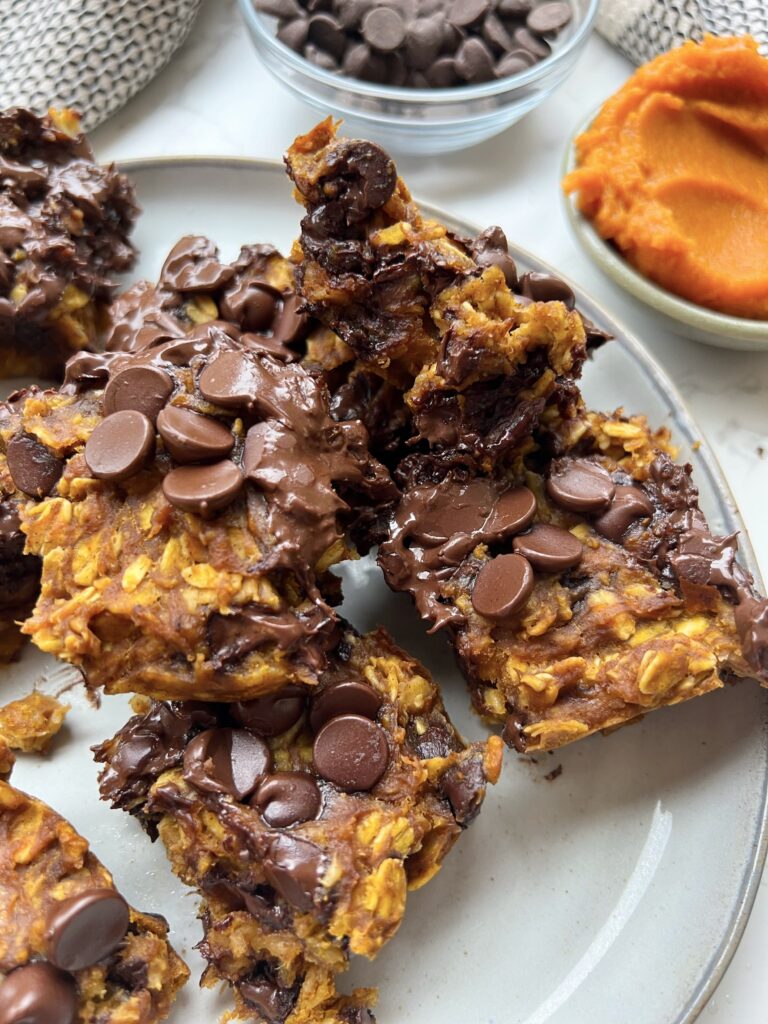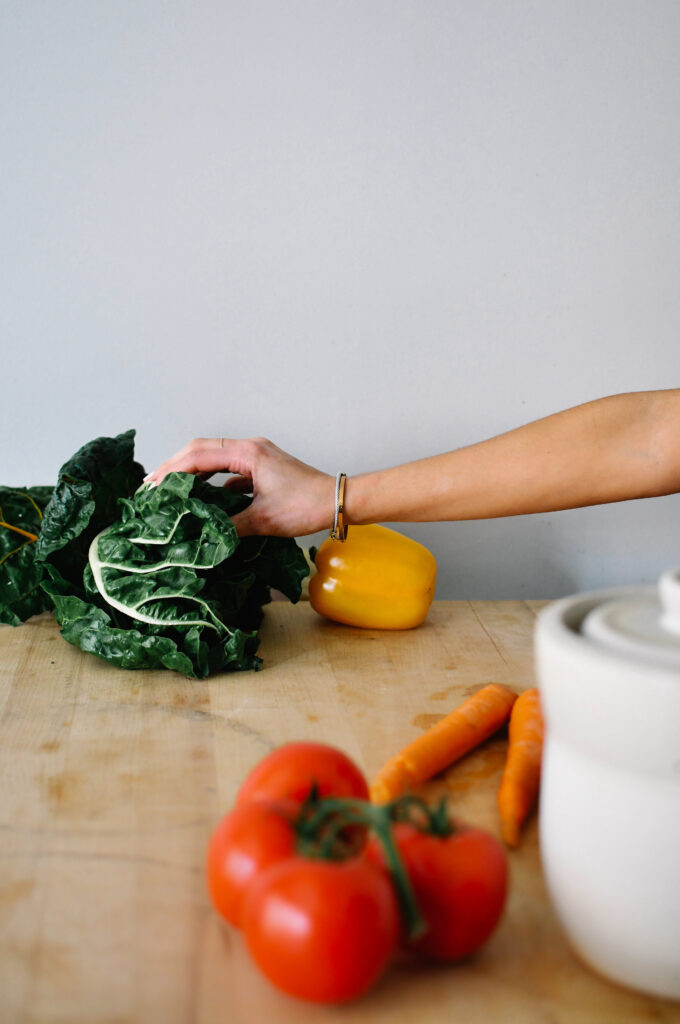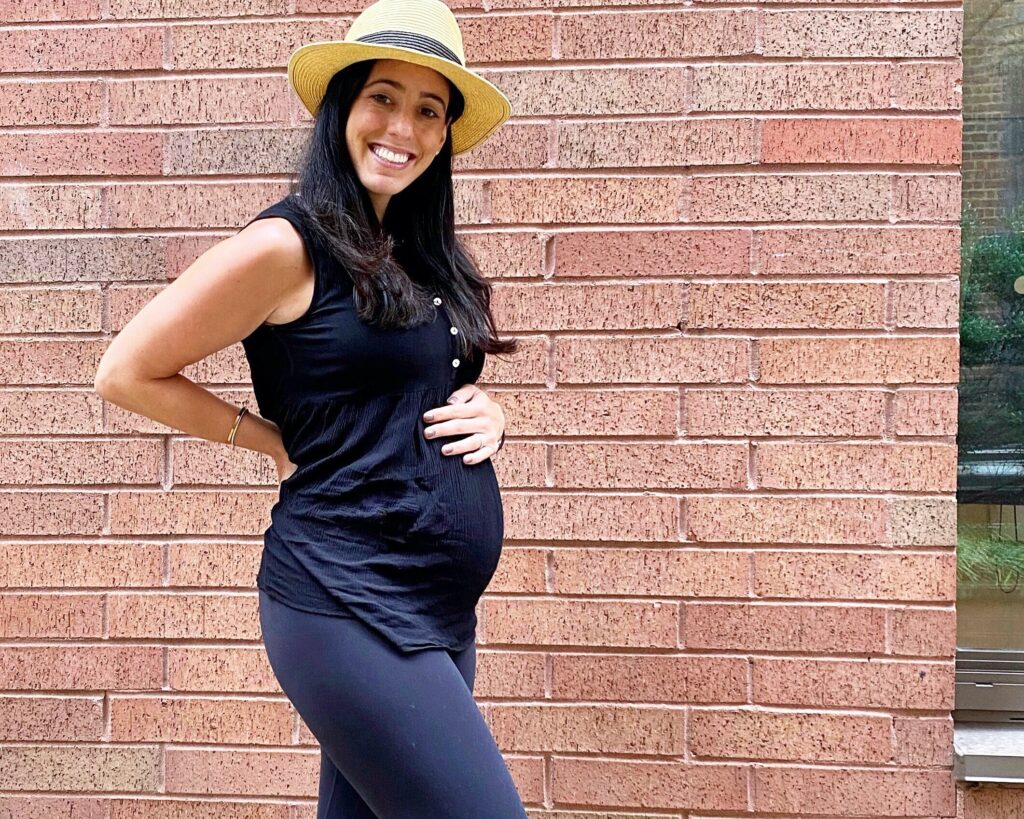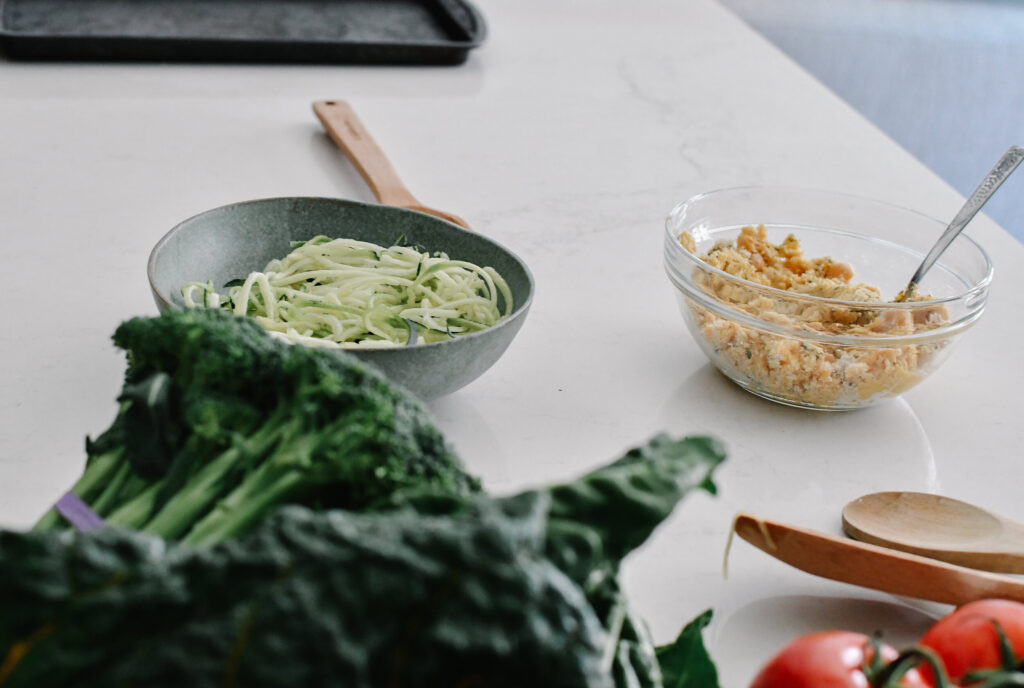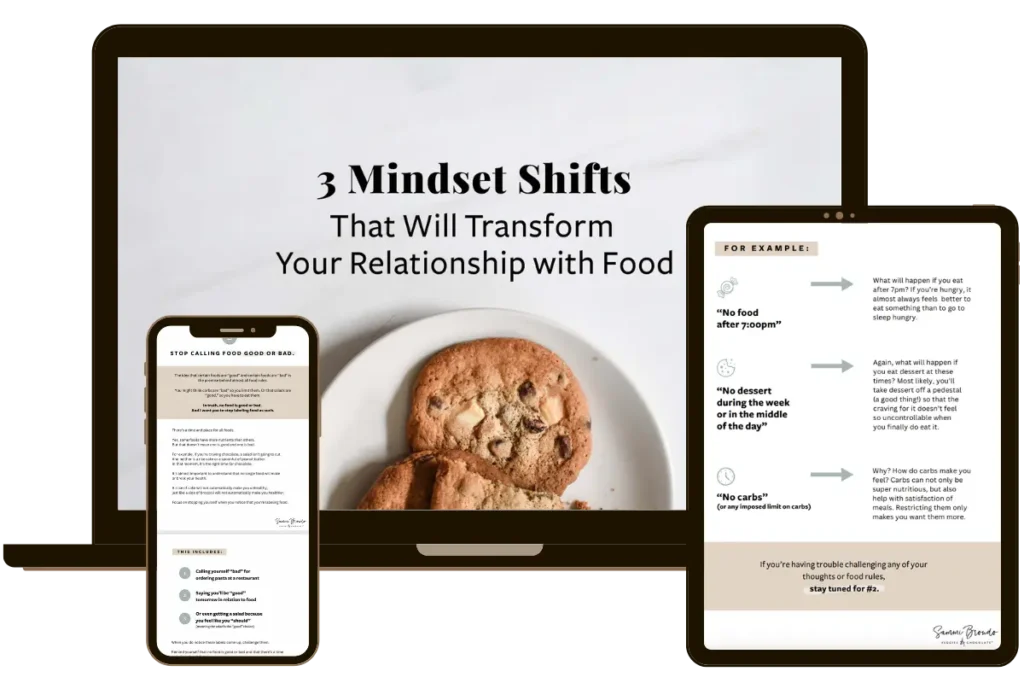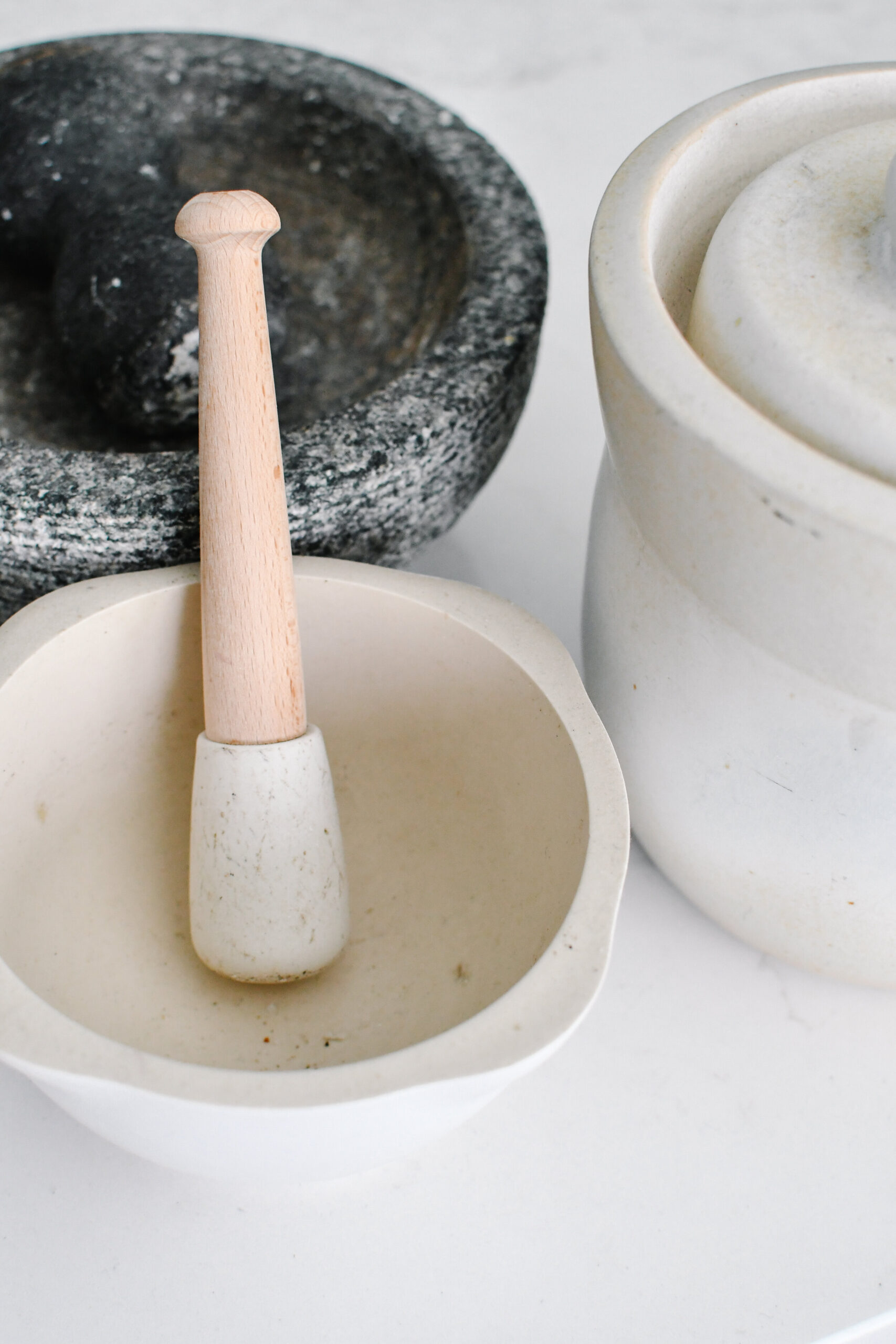
Okay, we’ve got lots to unpack here. What is sugar? What’s the difference between all the various types? Which one should you choose – and when?
Sugar is a loaded topic. There’s just so much to say about it. So, to keep things as concise as possible, I want to hit the hard hitting questions first: what the different types are, how they’re digested, the difference between them and when to use what.
Of course, please know that because there is so much to say about sugar, this is not an all-encompassing blog post. But, I hope that this can help give some clarity the next time you see an influencer rave about coconut sugar or that says calls for honey and says it has no added sugar.
I want to focus on a few of the more common types of sugar: granulated sugar, brown sugar, coconut sugar, honey and maple syrup.
Different types of sugar
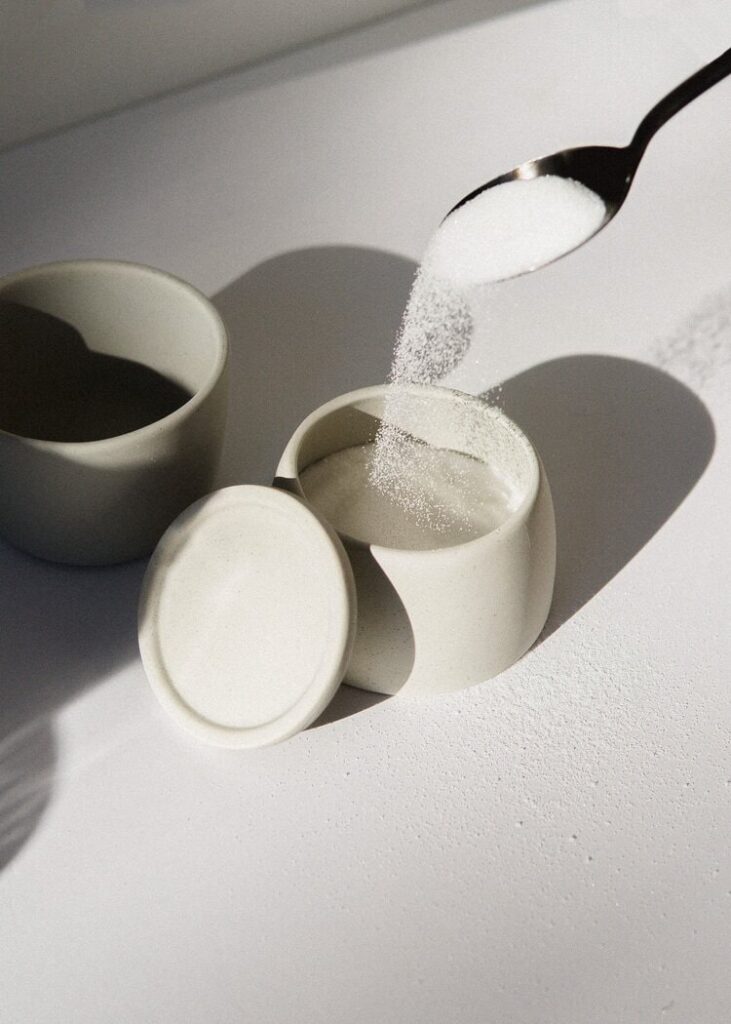
Granulated sugar
This is what most of us just call “sugar.” Granulated sugar is white, multi-purpose sugar that’s made from sugarcane and sugar beets. It’s the most common type of sugar – and widely available – sugar used in most baking.
Because granulated sugar is simply a pure form of sugar, per teaspoon, granulated sugar has about 4 grams of carbohydrates, which are all sugar.
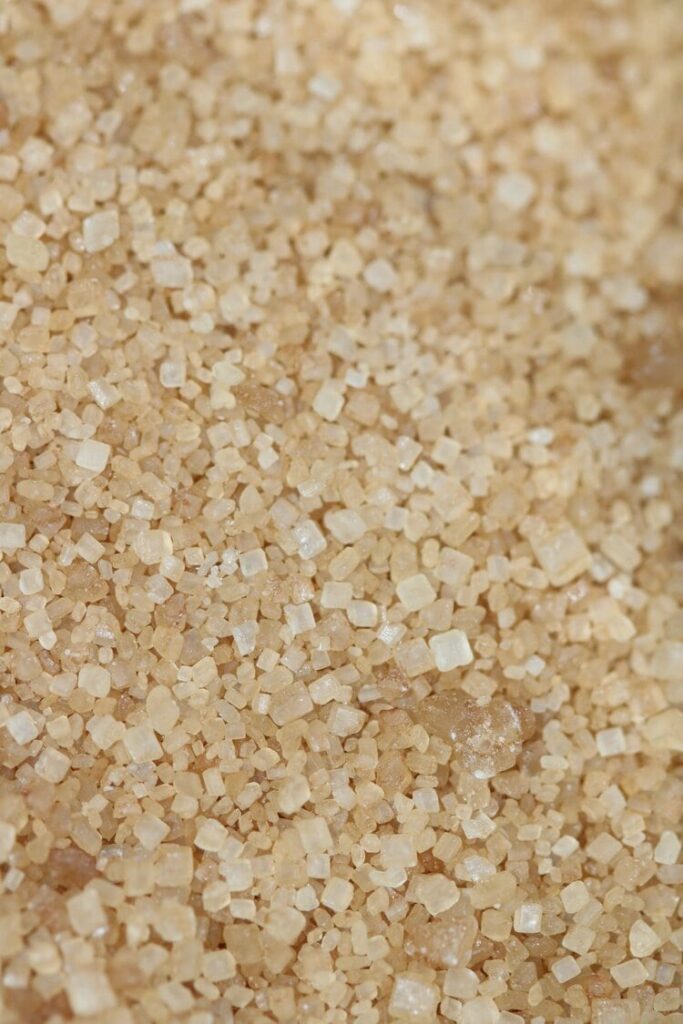
Brown sugar
Brown sugar is made by combining granulated white sugar with molasses. You’ll often see it as light brown sugar and dark brown sugar; the difference is the amount of molasses added in – dark brown sugar contains more molasses.
This type of sugar has more of a soft texture than granulated sugar. And, like granulated sugar, is often used in baking and cooking.
Because it contains molasses, brown sugar does have trace amounts of some vitamins and minerals. Per teaspoon, it contains about 4.5 grams of sugar.
Coconut sugar
Coconut sugar is sugar that comes from the sap of a coconut palm tree. The sap is mixed with water, boiled into a syrup, dried and crystallized. From there, it gets broken apart so that the texture resembles regular granulated sugar.
Interestingly, contrary to what it may seem, coconut sugar doesn’t come from actual coconuts themselves. And, even though it’s often called “natural,” it’s pretty similar to granulated and brown sugar nutritionally (FYI: the word natural is highly unregulated and has no real meaning!).
Per teaspoon, coconut sugar contains about 5 grams of sugar.
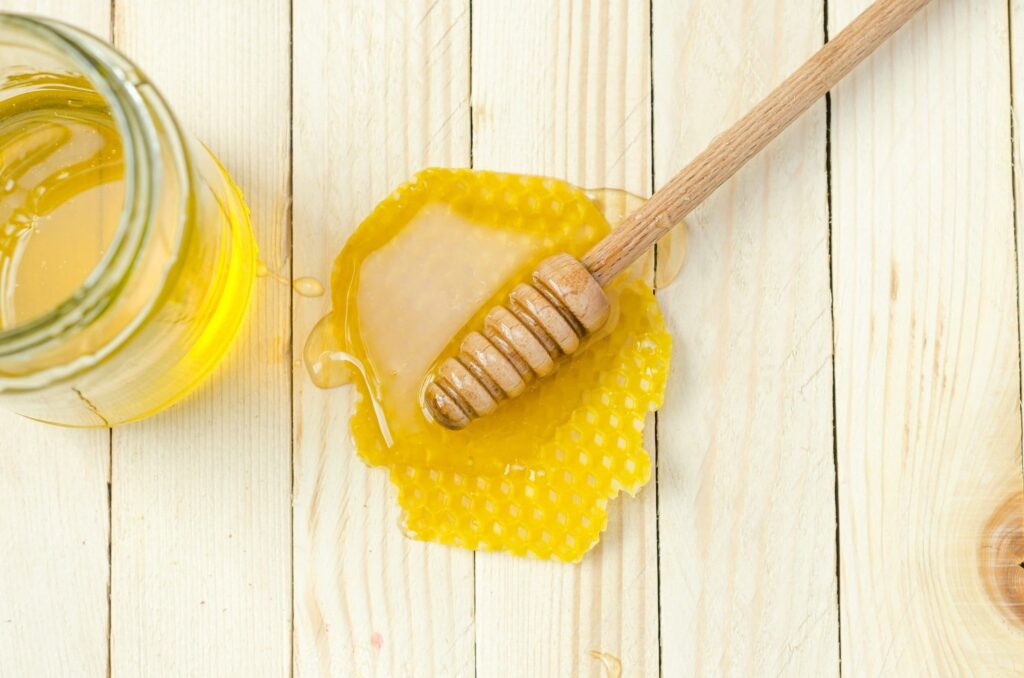
Honey
Unlike the above sugars, honey, of course, is a thick liquid and not a granulated powder. Honey is made from flower nectar collected by bees, and then broken down into simple sugar inside the honeycomb.
Like other sugars though, honey is still a sugar – with about 5.5 grams of sugar per teaspoon. However, unlike the above sugars, honey also does contain some vitamins, minerals and antioxidants.
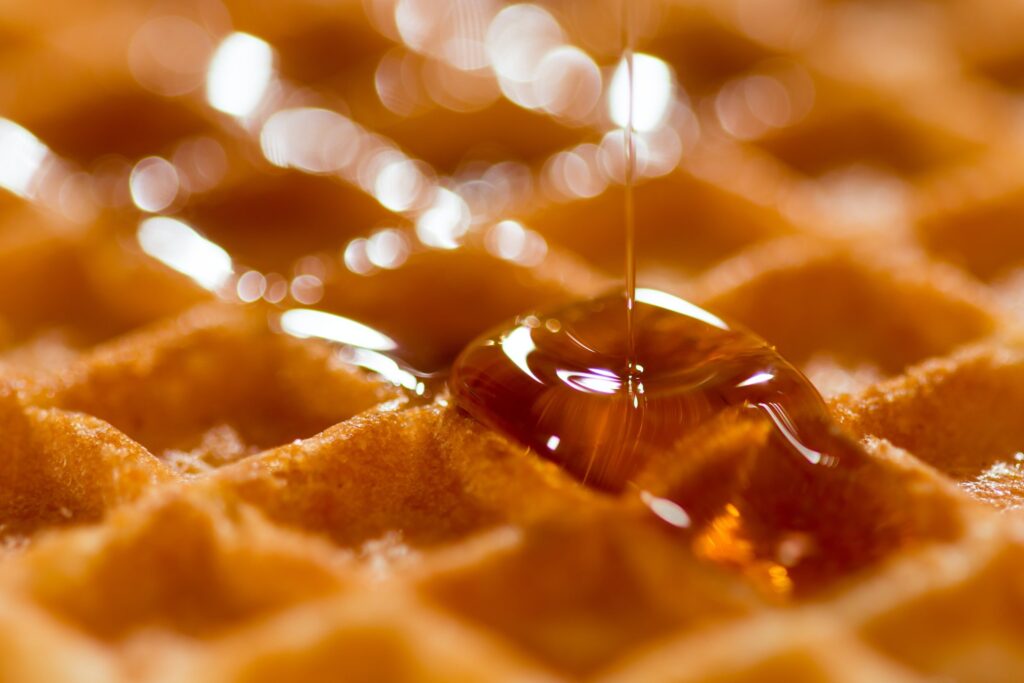
Maple syrup
Like honey, maple syrup is sugar in liquid form. It’s made from the sap in maple trees, which is boiled until it evaporates and a thick syrup remains. Maple syrup is mostly sucrose – aka table sugar.
Also like honey, maple syrup does contain some micronutrients, like manganese and zinc. It contains about 4.5 grams of sugar per teaspoon.
How they’re digested
Very simply put, all sugar breaks down in the body into monosaccharides, or the simplest form of sugar. The 3 monosaccharides are glucose, fructose and galactose. Again, All types of sugar are broken down and digested the same way in the body – they all break down into these 3 monosaccharides.
The biggest difference between each of these types of sugar is the amount of each monosaccharide – glucose, fructose and galactose – that they break down into. But still, this doesn’t mean much.
Again: no matter which type of sugar you eat – white sugar, brown sugar, honey, etc. – they are all broken down the same and into simple sugar in the body.
The only thing that will affect the way these sugars are broken down is what they’re eaten with. When sugar is eaten with other nutrients, like protein and/or fiber, it’s broken down a little more slowly to prevent a blood sugar spike and crash.
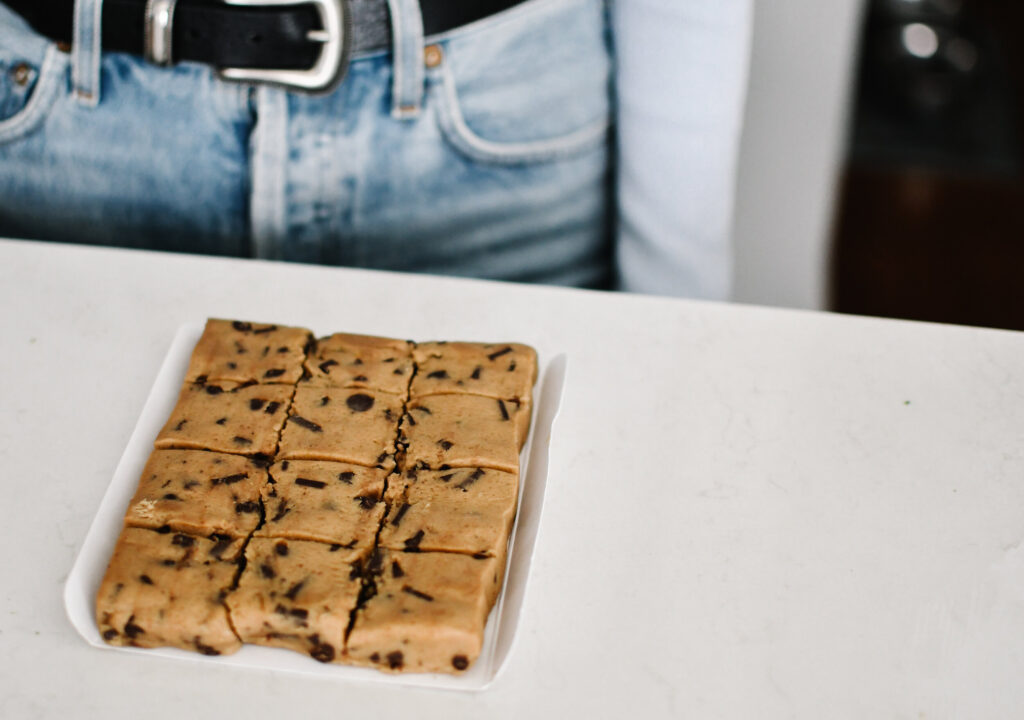
When to use different types of sugar
Granulated sugar is most often used in baking. Its fine crystals don’t cake together, making it great for measuring and dissolving into foods.
Brown sugar is also used often in baking and, because it contains more moisture than granulated sugar, helps baked goods to stay moist as well. Because it has a rich, full flavor, it’s great in both baked goods and savory dishes.
Honey and maple syrup both also add moisture to baked goods. When baking with them, you can usually subtract a little liquid elsewhere because they’re liquid sweeteners. Both of these create denser baked goods. In baking, the biggest difference between them in their flavor.
Lastly, because coconut sugar has a softer texture than granulated sugar, it can often make baked goods drier. When baking with coconut sugar, you’ll usually need to add more fat or liquid so that the baked good doesn’t dry out. And be warned – coconut sugar also burns at a lower temperature, so make sure to not to cook it on too high of heat either.
Which one is the healthiest?
None of these sugars is healthier or “better” than one another. They each contain almost exactly the same amount of sugar: 4-5 grams per teaspoon. While honey and maple syrup do also contain some micronutrients, these are pretty small amounts. You’d have to consume a lot of either one of them (read: cups!) to reap any benefits from that.
There’s also the idea that some sugars are more “natural” than others, and therefore, healthier. But again, this is false. Not only is natural an ambiguous and loosely defined term, but also, all of these sugars are made from something naturally occurring in nature, and then processed to become sugar as we buy them.
At the end of the day, coconut sugar comes from coconut palm trees and granulated sugar comes from the sugarcane plant. Both are then processed in some way to be edible and safe.

The bottom line
Sugar is sugar. When we eat any of these sugars – granulated sugar, brown sugar, honey, maple syrup or coconut sugar – they all break down into simple sugar in the body.
The idea that one sugar is more “natural” than another is false. If we look back to how all of these sugars are made, they all come from something “natural” and then are somewhat processed to become more edible or safe for consumption.
All of these products contain roughly the same amount of sugar, too. The decision about which one to use depends on what you’re using it for. Each of these sugars has a slightly different texture and taste, making them function differently in different products.
Nutritionally, the differences between them are small. You’d have to consume a lot of one particular sugar to see any noticeable differences in its sugar or micronutrient content.
That said, in the small amounts that these sugars are usually consumed, not only are they pretty similar, but also, there’s no reason to avoid them. Food is meant to be enjoyed and, unless you’re drinking cups on cups of plain sugar daily, sugar can definitely be a part of any food you enjoy.
Choose the sugar that you like or that works best for what you’re looking for. Baking cookies? Granulated or brown sugar might work best. If you’re making coffee cake or banana bread, honey or maple syrup will work well. And okay, if you’re having waffles or pancakes, no question – you probably want maple syrup.
No one sugar is “better” or healthier than another. Try to ignore unsubstantiated claims that state that some sugar is healthier than others – or worse, that some sugar should be avoided completely. Both don’t have much basis behind them.
Choose sugar by what sounds best to you in that moment – not by what some incorrect social media post states is the most “natural.” There’s room to enjoy all foods in your diet.
Want tips on creating an easy, sustainable healthy relationship with food? Check out my membership program, All Foods Fit, with 12 thorough lessons to teach easy ways to create a healthy relationship with food. Or, check out my e-book, 7 Days to Make All Foods Fit, to learn a step by step guide to create a healthier relationship with food in just 7 days.

